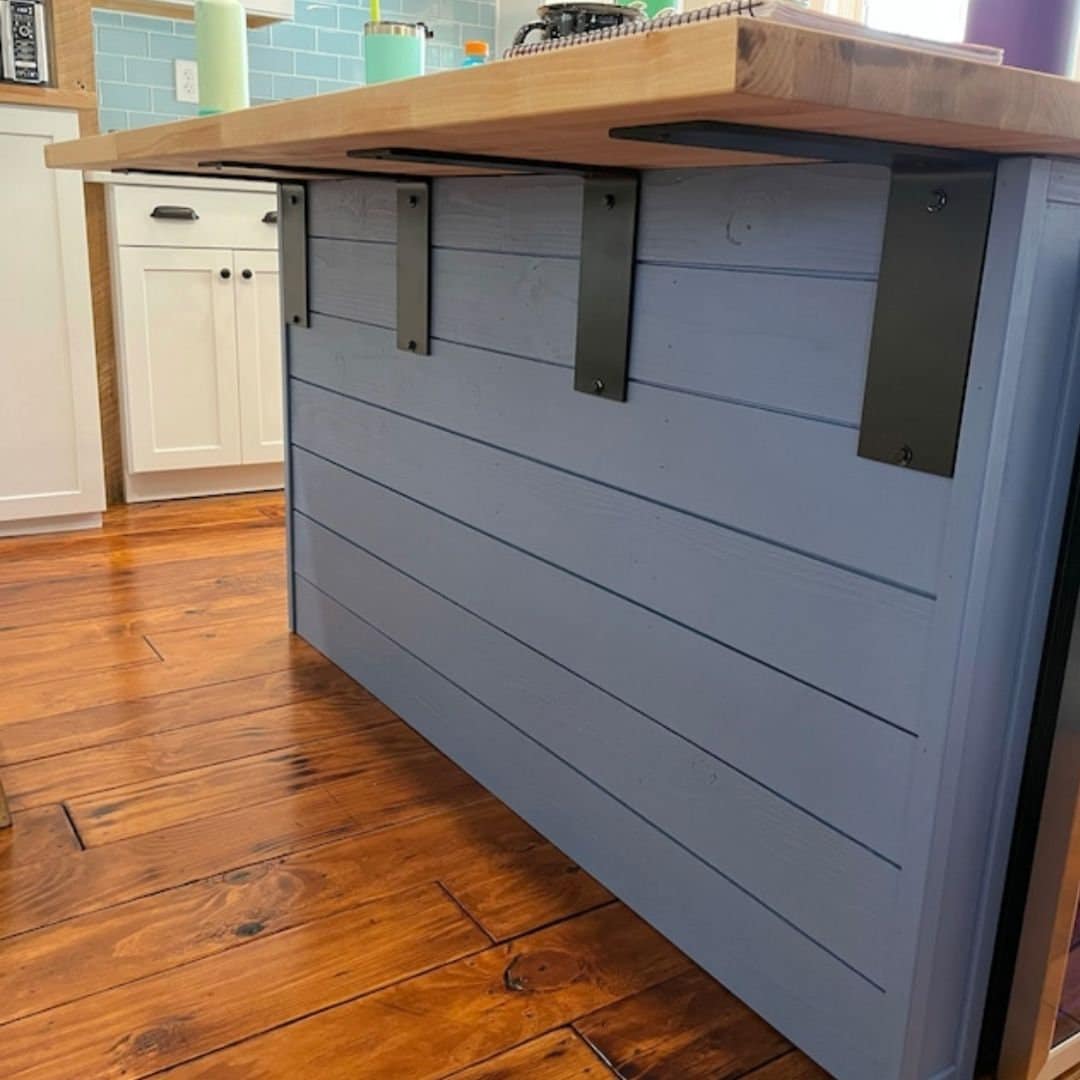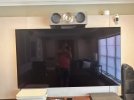Hello, long time no see!
I'm back with a center speaker from the KEF's Reference Series.
I took pictures when I was measuring it, but the pictures provided by the manufacturer are cleaner, so I'm posting it here.
View attachment 299376
Impedance
View attachment 299377
View attachment 299378
Along with a smooth phase response, the linearity is not significantly distorted even at higher power (2.83 V).
Frequency Response
View attachment 299379
It has a largely flat FR characteristic, with a bass extension at about 49.3 Hz (-6 dB).
The bass roll-off falls on a gentle slope of about -14 dB/oct.
Thanks to the gentle slope, we can expect a beneficial room gain.
Nearfield Measurements
View attachment 299380
Directivity
View attachment 299381
View attachment 299382
View attachment 299383View attachment 299384
As is typical of KEF, it has fantastic directivity controls.
The horizontally placed units make it difficult to achieve uniform horizontal orientation, but KEF has managed to overcome this.
The asymmetry in vertical directivity in the highs after 10kHz is probably due to...
View attachment 299402
....the orientation of this lemon squeezer.
Beamwidth
View attachment 299385
View attachment 299386
An even, smooth, controlled beamweed gives us peace of mind.
Thank you, KEF!
 Polar plot
View attachment 299387
Polar plot
View attachment 299387
Due to the chunky mass of these speakers and the horizontally placed units, you can see that most of the sound is only radiating forward.
View attachment 299388
The polar plot of this speaker's vertical plane is closest to what I personally expect an ideal speaker to look like.
I love it.
Total Harmonic Distortion
View attachment 299389
View attachment 299390
Superclean.
The amount of distortion was so small that we had to increase the y-axis scale.
Equivalent Harmonic Input Distortion at 85dB SPL@1m
View attachment 299391
EHID may be new to some of you.
It corrects for the linear distortion of the measurement system (speaker-room-microphone) and provides THD related data as a result.
This allows you to measure THD free from the effects of the room, and it is very accurate.
However, due to the limitations of the method, it has the following constraints
1.It cannot see below F0 of the loudspeaker frequency response.
2.Linear distortions in the speaker itself, such as split vibration of the diaphragm or front baffle response, are also ignored, so it cannot be used for HF measurements.
Therefore, I only used 80 to 500 Hz for this measurement.
Anyway...
The performance is incredible!
Even at 80Hz, the THD is no more than 0.5%.
95dB SPL@1m
View attachment 299392
View attachment 299393
View attachment 299394
Even with the output cranked up to 95dB SPL, there's quite a bit of defense against distortion.
This guy still has plenty of room to spare.
Multitone test
View attachment 299395
View attachment 299396
It doesn't even achieve a maximum of -35dB.
It hits -45 to 50 dB in almost all areas.
Again, that's tremendous performance.
View attachment 299397
I remeasured using only measurement signals above 80 Hz.
(The speaker and microphone positions are fixed, and this is all automated).
Interestingly, despite being a closed speaker, the MD was reduced in the HF as well as the LF.
I don't know why.
Multitone test(with multiple output levels)
View attachment 299398
View attachment 299399
Again, SuperClean.
Even at 96dB SPL@1m, it's only -35dB.
That's phenomenal for a 6.5-inch loudspeaker with bandwidth down to about 50Hz in a closed construction.
Compression test
View attachment 299400
Center speakers are often used in movie or gaming setups.
As such, they need to be able to handle momentary peaks.
If you want to see the limits of this loudspeaker, you might want to ruin your ears before you do.
HF -2dB knob
View attachment 299401
On the back of this speaker was a knob to attenuate the HF by -2dB.
And I measured the impact of that.
My personal opinion.
Given its beautiful appearance, ample bandwidth and performance, and neatly controlled directivity, I think this is one of the best center speakers out there.



